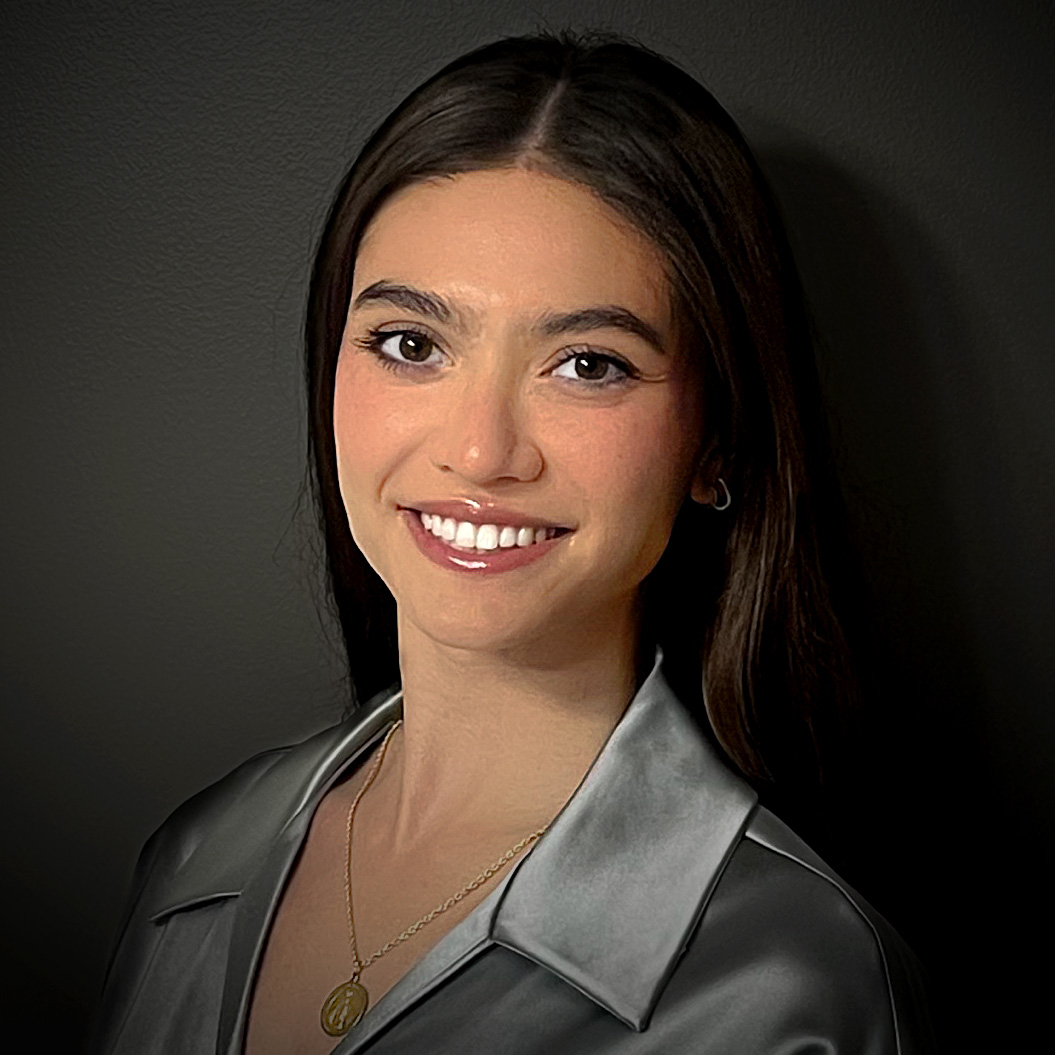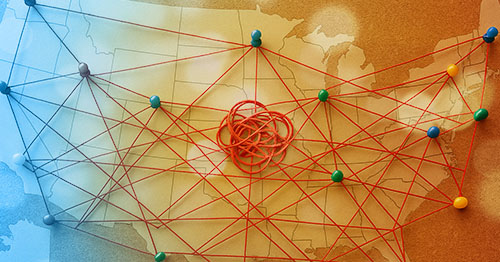
The Human Side of AI in eDiscovery
October 16, 2025
By:
Summary: Behind every data point is a person under pressure. See how AI is helping attorneys move beyond the numbers to deliver results—and relief—when it matters most.
When people talk about artificial intelligence in legal and eDiscovery, the conversation often revolves around numbers: how many terabytes of data it can process, how much time it can save, or how many millions of dollars it can cut from a project.
And yes, in one of our most recent matters using Lighthouse AI, those numbers were certainly impressive. AI helped an outside counsel team reach substantial compliance in a Second Request involving 30 terabytes of data in less than two months, saving more than $20 million for their client.
But the impact of AI in eDiscovery isn’t just measured in dollars and hours. It’s measured in what those numbers mean to the people who are ultimately accountable for the outcome of the matter.
Beyond the numbers
Let’s take a look at how the numbers behind AI-driven savings in our recent Second Request translated into tangible impacts for the attorneys and stakeholders who had to stand behind the results:
- Out of an initial tranche of 4.4 million documents, Lighthouse AI surfaced the 270 high-risk documents that mattered most. This gave counsel early clarity on what regulators were likely to focus on, allowing them to shape a stronger, more strategic response well ahead of deadlines.
- Lighthouse AI models helped counsel remove 780,000 documents from privilege review without the need for review. For outside counsel, this meant less time grinding through high-level privilege QC tasks and more time spent shaping the arguments and strategy that would actually impact the outcome of the matter.
- Lighthouse generative AI drafted more than 100,000 privilege log entries tailored to the specifics of the Second Request. A clear and consistent log avoided privilege disputes from regulators, kept the process on track, prevented costly delays, and allowed counsel to stay focused on the heart of the matter.
- Lighthouse predictive AI reduced the size of the responsive set by 30–40% compared to traditional TAR. Shrinking the mountain of documents gave counsel a clearer path forward. Instead of worrying about how to tackle millions of extra documents under a tight deadline, outside counsel could zero in on the issues (and documents) that truly mattered, with time and energy to prepare strategically
- Cross-matter analytics powered by Lighthouse AI enabled reuse of Second Request work product across a related private antitrust litigation. By eliminating duplicative work and repetitive reviews, both legal teams avoided unnecessary late nights and burnout, freeing up capacity to focus on the matters at hand.
Why it matters
At the end of the day, the most valuable outcome for outside counsel wasn’t just the $20 million saved. It was the sigh of relief from their client when they realized counsel could deliver under impossible circumstances.
That’s the true human side of AI in eDiscovery: not just numbers, but the confidence, calm, and clarity it gives to the people who need it most.
Behind every success story is a team empowered by smarter tools and insights. Connect with a Lighthouse AI expert to see how we can help your team achieve the same.








